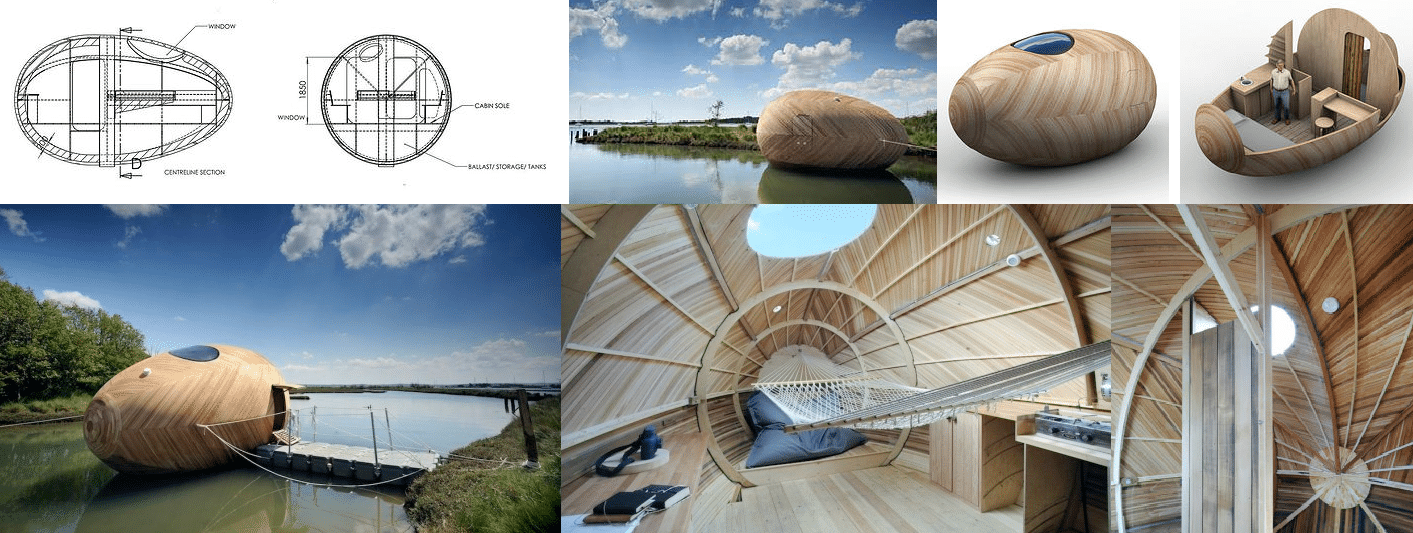-
Phone Number
-
Email Address
Although we do not realize it, when there are social changes architecture adapts, reinvents itself, molds itself to be able meet new needs. We are not talking about the architect or the cart driver who necessarily has a dark future, we look at the architecture itself, its shapes and new ways to understand the container and content.
In the face of a conscious change, it is emerging with more force than never the modular concept and the houses prefabs possibly sacrificing meters of privacy without losing the splendor and perfection of our dream home at undoubtedly viable prices providing us with a reasoned quality of life.

.
.

.
Wood as a material that claims a greater role in construction given its status of economic viability, noble and at the same time sustainable, it adapts to mini houses with concepts that go beyond traditional thought. We can recognize the concept "Exbury Egg” literally an egg that navigates and at the same time, home:
.

The change or way of adapting the architecture to a new way of life is being so radical that the buildings are ceasing to be simple habitat containers individual, prioritizing the container that bets on the communication and community participation leaving aside less privacy and more common areas where a premium the interaction between neighbors . sharing has an economic background that becomes a lower expense. HE calls it “Collective housing or Co-housing» Communities of use or housing cooperatives practice new forms of collaborative housing where resources are shared, practices co-responsibility, feeds the thirst for community, ways of participating are designed and managed accordingly. autonomous and horizontal way. An interesting portal that promotes the participation en masqueunacasa.org < strong>.
New concepts appear and are renewed, such as “ Earthships ” houses built with local materials – whether recycled or not so much – with the very hands of its inhabitants that that respect the environment and that they acquire thanks to the technologies present an “almost perfect sustainability” . HE denies the urban environment, the decadence of cities for being able to open the sale and see nature in all its splendor. The land is respected and homes are built to take care of its inhabitants.
.

.
We mortals are no longer interested in having a house "spectacular" if the result is a life in chains, of continuous payment without being able to simply live... the life!
Links of interest: